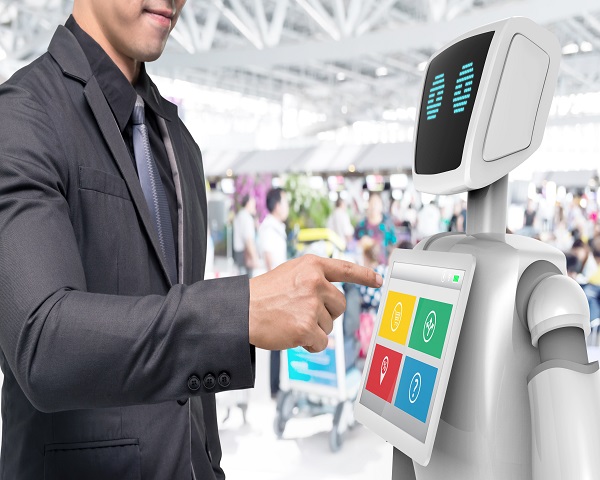As technology continues to evolve and consumer behavior shifts, Neo Retail will likely become the norm rather than the exception. Businesses that can adapt and innovate will not only survive but thrive in this new retail landscape. As we look to the future, several key trends and predictions emerge that paint a picture of what…



